The call for a diverse workforce echoes in ORs across the US. Although most OR leaders want to answer the call, they struggle in an environment where OR staff, particularly nurses, are in high demand.
OR Manager recently spoke with experts from leadership, human resources, and DEI (diversity, equity, and inclusion) to gain insights into how nurse leaders can build a diverse workforce.
Part 1 of this series covers the value of diversity and the role of corporate culture and education.
Creating the culture
According to a survey of more than 19,000 Harvard Business Review readers, a learning-oriented culture, which encourages flexibility and open-mindedness, is a hallmark of inclusive companies. This type of culture also establishes goals and holds people accountable for not meeting them. At Texas Children’s Hospital, Archer says leaders are required to choose accountability partners who are different from themselves. For example, people might choose a mentor younger than themselves so they can better see how a different generation perceives them as leaders. “Accountability partners help us make sure we are making some of these changes and talk through barriers to making change,” Archer says.
A culture that supports DEI depends on the leader’s commitment to the organization’s goals, which Estrera says are the same no matter the leader’s background. He tells OR managers, “You could be speaking a different language, you could be from a different cultural background, different religion, different political views, but our mission and vision will be the same.” He notes that everybody needs to buy in. “It starts with executive leadership, down to senior leadership, middle management, and frontline leadership to the staff.”
At that same time, the organization needs to recognize what employees are looking for in life, says Stefanie Johnson, PhD, academic director of the center for leadership for Leeds School of Business at University of Colorado Boulder, and author of the book, Inclusify: The Power of Uniqueness and Belonging to Build Innovative Teams. Johnson’s research and experience with many organizations, including Kaiser, Catholic Health Charities, and Pfizer, point to two basic human needs—uniqueness and belongingness—as essential factors in achieving inclusivity. Too many organizations focus only on belongingness, which ignores the uniqueness part of the equation. “We like to be different; that’s part of the human experience,” Johnson says. “But we don’t want to be distinctive alone, we want to feel like we belong.” By addressing both human needs, OR leaders can create an inclusive environment (sidebar, “Uniqueness and belongingness”).
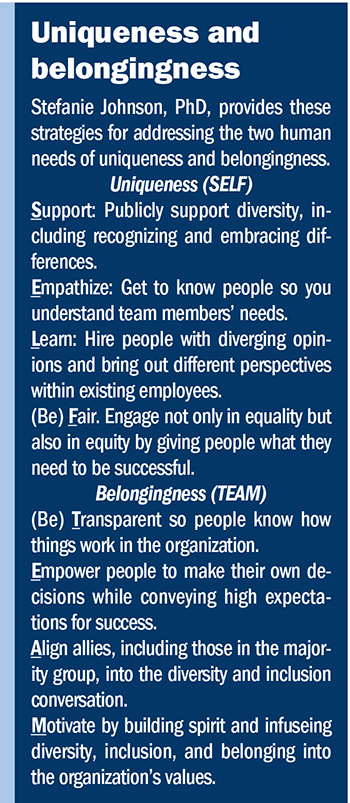
The bottom line is that people want to feel comfortable in the workplace. “I tell staff that we spend more time with each other than with those we sit around the dinner table with,” Dawson says. “It’s important that the workplace is a place that people enjoy coming to.”

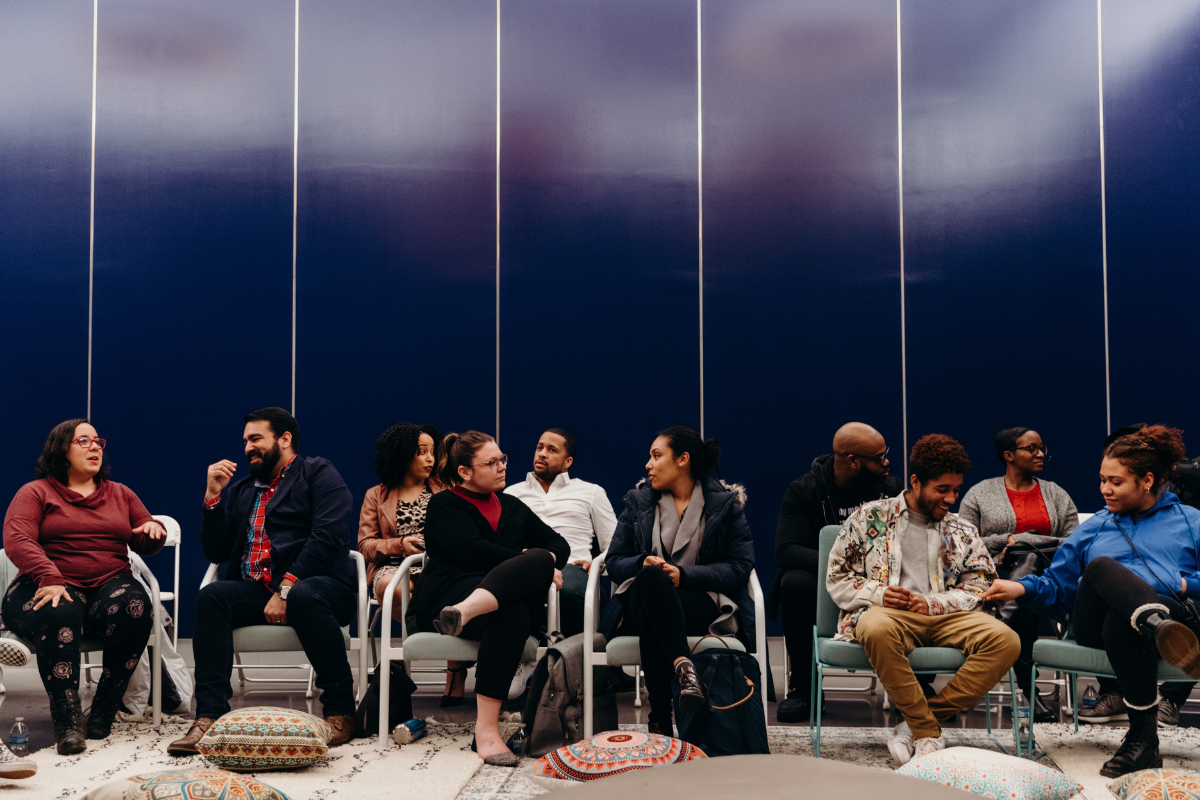

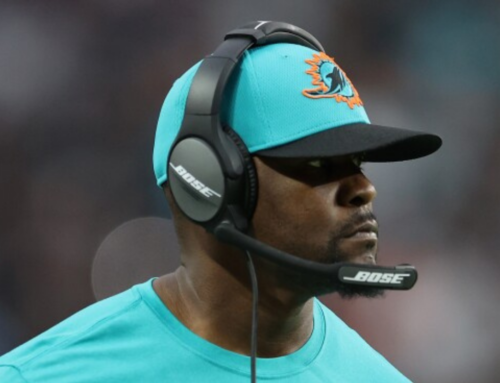
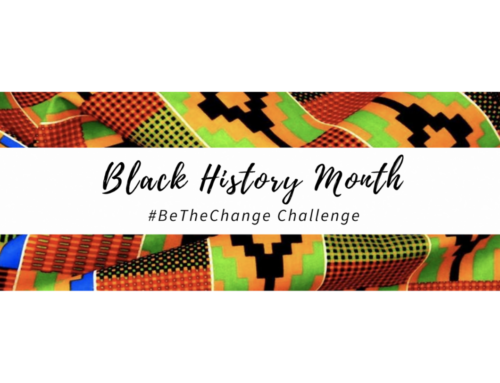


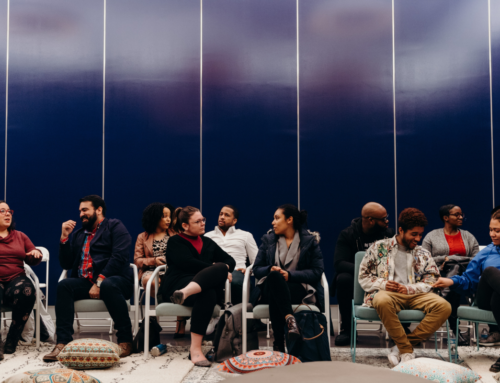



Leave A Comment